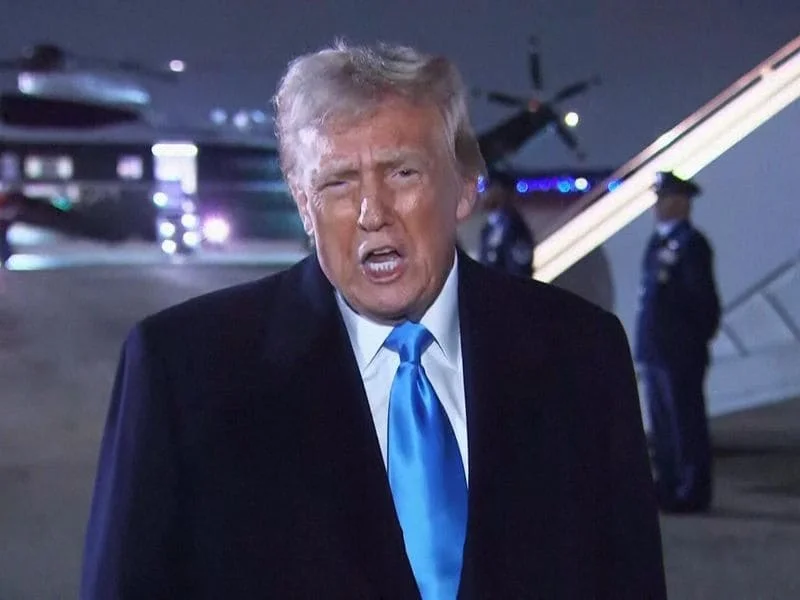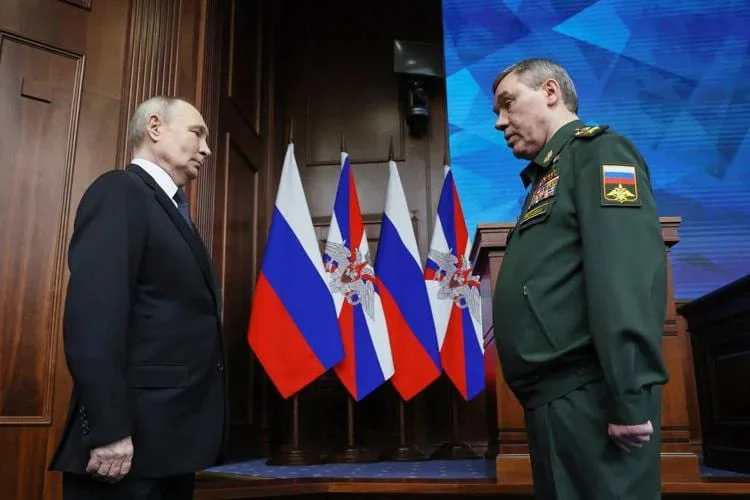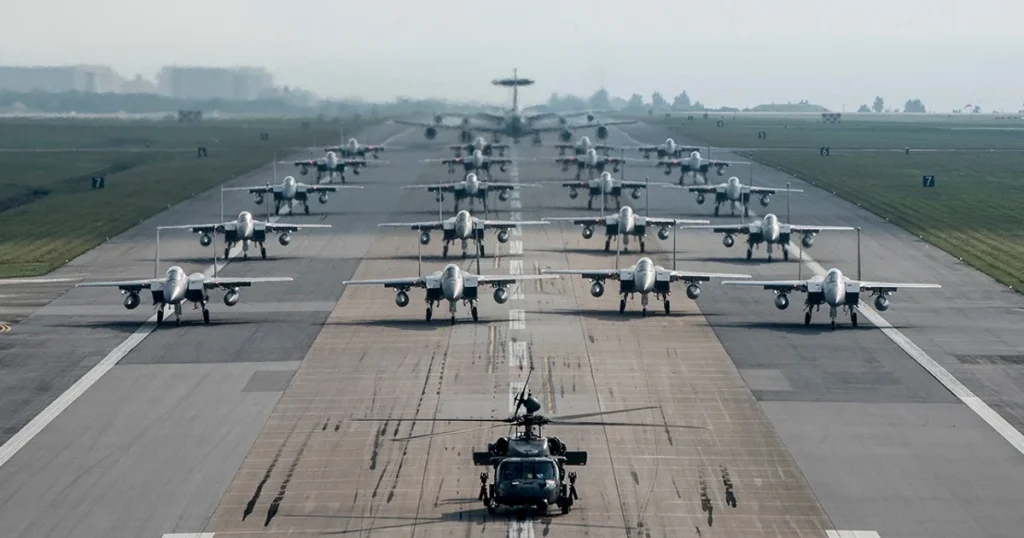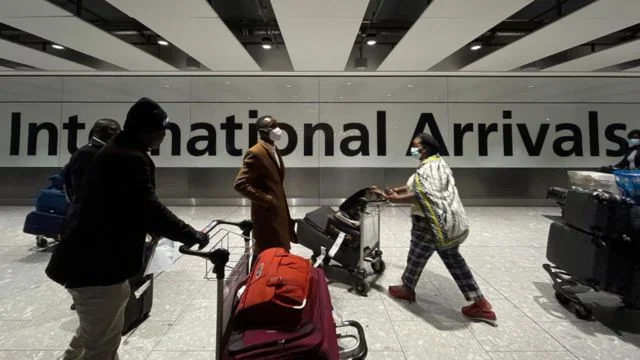The U.S. Senate passed a bipartisan compromise on Monday aimed at ending the country’s longest government shutdown.
The prolonged political deadlock had disrupted air travel and delayed food assistance for millions of Americans. The bill is now headed to the House of Representatives, where Speaker Nancy Pelosi expects a vote by Wednesday.
If approved, it will be sent to President Donald Trump for his signature, marking a significant step toward restoring government operations.
Historic White House Meeting: Trump Hosts Syria’s New President
In a move that has drawn global attention, President Trump met with Syria’s new leader, Ahmed al-Sharaa, at the White House on Monday. This meeting is historic al-Sharaa is the first Syrian president to enter the Oval Office since Syria’s independence in 1946.
The event signals a dramatic shift in U.S. foreign policy, as al-Sharaa was once listed as a wanted terrorist with a $10 million bounty, but is now recognized as Syria’s transitional president.
From Militant Leader to Diplomatic Statesman
Ahmed Hussein al-Sharaa was born in Riyadh, Saudi Arabia, in 1982, and grew up in Damascus. His family belonged to Syria’s Sunni Muslim community. Al-Sharaa’s ties to the United States began in 2003, when he pledged allegiance to al-Qaeda following the U.S. invasion of Iraq.
He fought against American forces for several years before being captured in 2006 and released in 2011 after five years in detention.
During Syria’s civil war, al-Sharaa rose to prominence by founding the Nusra Front, a local branch of al-Qaeda. The U.S. designated the group as a Foreign Terrorist Organization and placed a $10 million bounty on his head.
However, in the early 2020s, al-Sharaa shifted his focus from militant activity to governance, merging the Nusra Front with other factions to form Hay’at Tahrir al-Sham (HTS).
He became the group’s emir and publicly distanced HTS from al-Qaeda, establishing the Syrian Salvation Government (SSG) to administer northwestern Syria.
The Rise of Syria’s New Leadership
In November 2024, HTS forces joined Western-backed groups in a decisive offensive against Iranian and Russian-backed Assad regime forces. The 11-day conflict led to the collapse of the Assad government, paving the way for al-Sharaa’s rise.
He was named Syria’s transitional president in January 2025, following Bashar al-Assad’s flight to Russia. Al-Sharaa suspended the Syrian constitution and formed a temporary legislative council, prioritizing the restoration of state institutions and economic recovery.
Western countries have since begun lifting sanctions on Syria, and al-Sharaa became the first Syrian leader in nearly six decades to attend the United Nations General Assembly in September 2025. At the UN, he emphasized Syria’s long struggle for dignity and justice.
A New Chapter in U.S.-Syria Relations
President Trump’s meeting with al-Sharaa marks a turning point in U.S.-Syria relations, which have been strained for nearly eight decades. Trump revoked most U.S. sanctions on Syria in June 2025, signaling a desire for improved ties.
After their meeting, Trump praised al-Sharaa, calling him “a tough guy” and expressing optimism about Syria’s future. Al-Sharaa affirmed that Syria is now a strategic partner of the United States and stated his past association with al-Qaeda is behind him.
Challenges Ahead for Syria
Syria and the U.S. have agreed to integrate the Kurdish-led Syrian Democratic Forces into the national army, aiming to unify state institutions. The U.S. is also supporting ongoing security negotiations between Syria and Israel.
Despite these diplomatic advances, Syria faces significant internal challenges, including sectarian violence, Kurdish autonomy movements, and militant groups opposed to al-Sharaa’s moderate policies.
Dollar Weakens on U.S. Job Market Concerns and Slowing Economy























